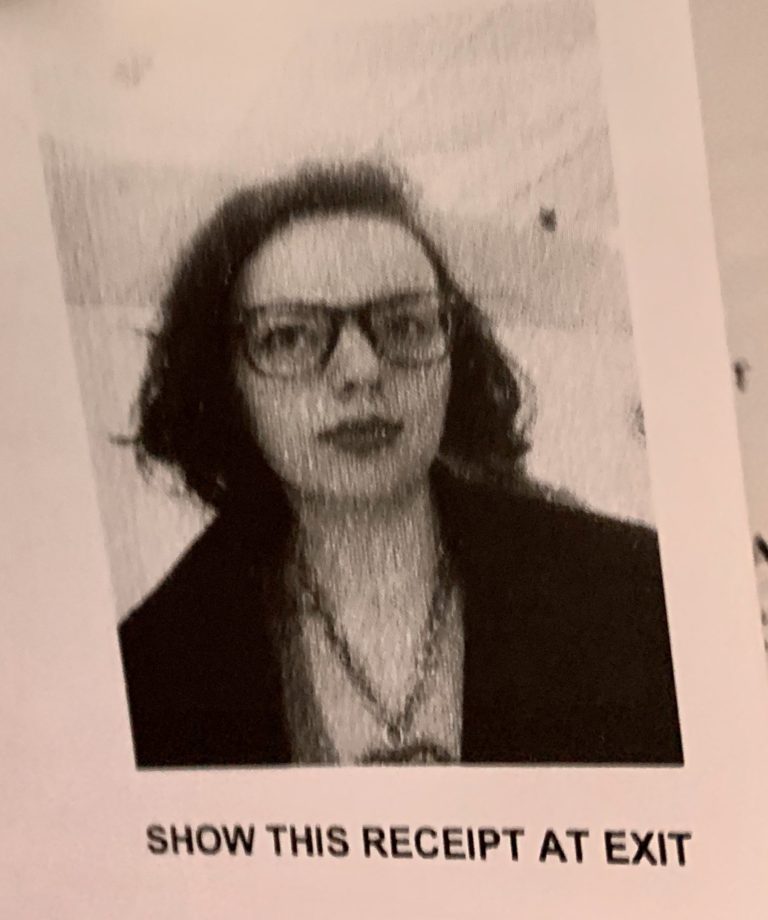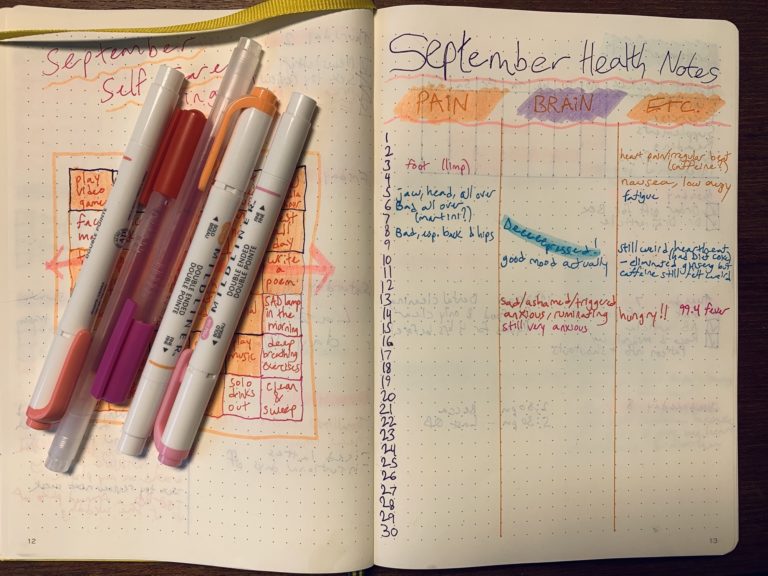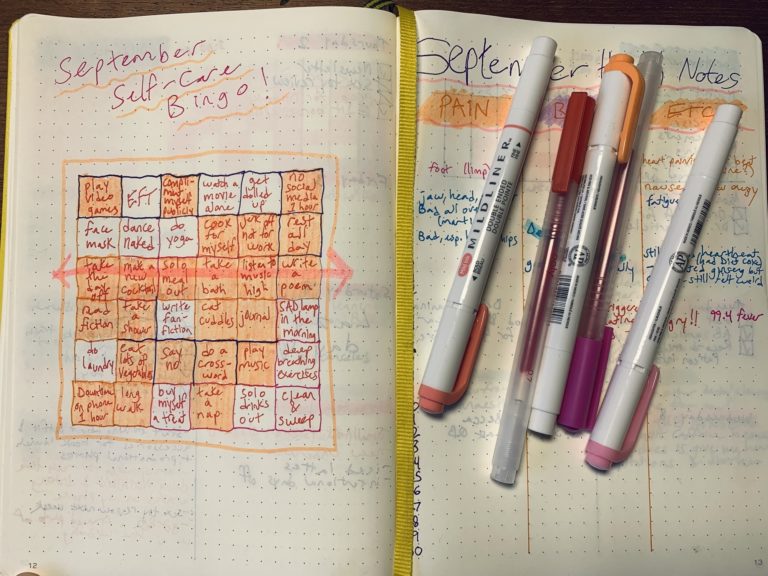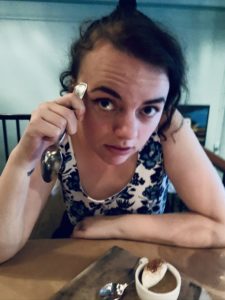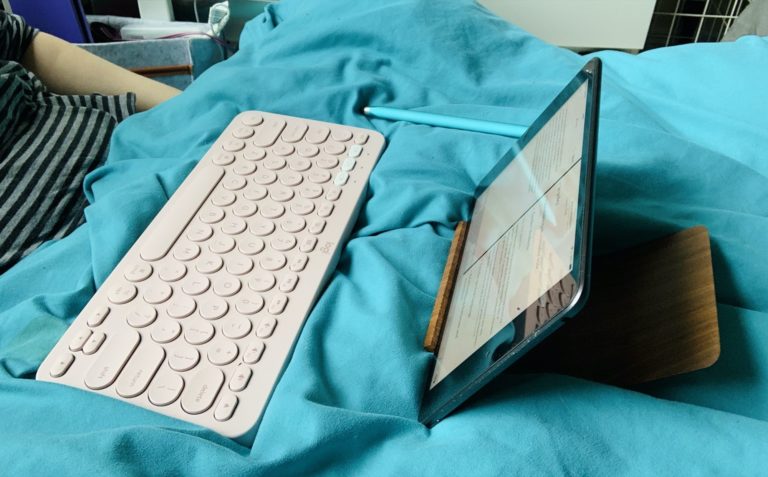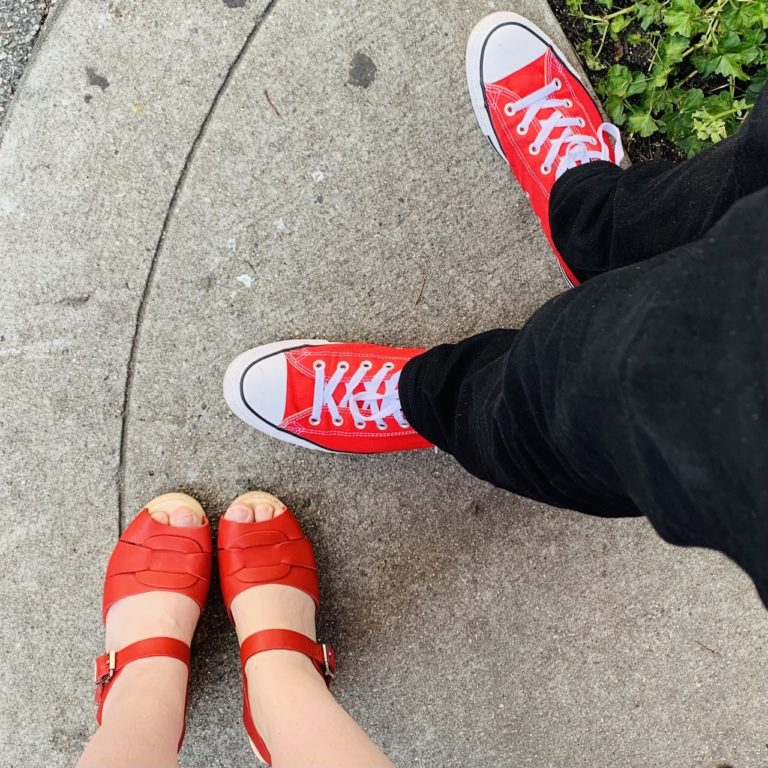
For reasons unknown, I’ve dated an above-average number of foot fetishists. I guess it makes sense if you consider that I mostly date other kinksters, and feet are one of the most common kinks. But when I think about the kind of person who would date multiple foot fetishists, I think about someone who has beautiful, soft, elegant feet, and I’ve never really thought of myself as that kind of person.
I think a lot of us grow up with feet-related insecurities, which may be part of why feet are fetishized so often. We worry about sweat, smells, dirtiness. We hide our feet away under socks and shoes much of the time, so that displaying them openly can feel almost as vulnerable as nudity. Still to this day, I feel weird in sandals, like I’m cosplaying as a type of girl I’ve never really been.
I’ve certainly never felt confident enough about my feet to want to model for fetish sites like Love Her Feet. But over the course of a few relationships with foot fetishists, I eventually got a little more comfortable taking foot pics when requested. (If you’re interested, I have an all-feet photo set available for purchase. That link is the only place on the internet where you can get sexy pictures of my feet!)
That being said, confidence in photos is a bit different from confidence in real life. When partners would want to do things like sniff my feet, massage them, or suck on my toes, I’d freeze up. Sometimes I’d enjoy these things when they would happen, but only if I was able to get over my near-paralyzing anxiety about it, which was rare.
Recently, my partner requested a footjob. They’ve requested one several times before but I’ve always felt too nervous to do it. I was worried not only about my feet but also about the contorted position I’d probably have to get into; I don’t have a lot of flexibility in my hips, knees or ankles due to my fibromyalgia, and a lot of the footjobs I’d seen in porn had involved someone’s legs being splayed wide open with their knees deeply bent to stroke a dick between their soles, a shape I knew my body just wouldn’t be able to get into. Hell, I can barely sit cross-legged on the floor for more than a few minutes before every joint below my waist starts throbbing with pain. On that note, I was also nervous about how I’d look while trying to bend myself into the right shape.
However, one of the skills I’ve picked up from therapy is being able to break down an anxiety-provoking situation to look more closely at the specific anxiety triggers it contains, in order to figure out if I can do anything about them. When I thought about each of the individual pieces of the puzzle that were fueling my footjob fears, I saw a few potential solutions, which could be used alone or in tandem:
- Get a pedicure prior to the footjob.
- Find a comfortable position that works for my body.
- Blindfold my partner so they can’t see what I’m doing.
I ended up doing the latter 2 things from this list. One night I had my partner lie on their back in bed and put a blindfold on. I laid on my side next to them and lubed up their dick and the sole of one of my feet. Then I bent my knee enough that my sole could rest on the underside of their dick and had just enough range of movement to slide up and down the length of it in a teasing manner.
And yes, my hip and knee joints started to ache after a few minutes, but I knew that wasn’t the end of the world. I kept up some low dirty talk in their ear while holding onto my leg with my arms, so that my arm muscles could take on some of the strain and give my leg a break. As the action crescendoed, at certain points I had to use my arms to physically move my leg up and down because my leg muscles and joints were just done. But, as often happens, the yummy neurochemicals of being in a sexy situation with a hot person were enough to make the pain mostly feel like part of the experience, rather than antithetical to it.
Eventually they came, and it was hot. I think I had them lick some of their own cum off my foot, possibly while still blindfolded. Overall, a positive experience – and one I definitely didn’t think I’d ever have, prior to being in this relationship.
The moral of the story is: In the realm of sex, as in other realms of life, you will encounter things that scare you but that seem worth doing anyway. Self-knowledge can be even more important than courage in these cases, because it is your knowledge of yourself, your body, and your brain that will enable you to approach the situation in a way that works for you. And when you do it your way, courage comes much more easily. Dip your toe in and see what happens.
This post contains a sponsored link. As always, all writing and opinions are my own.
